When it comes to film, one of the main reasons it hangs on is thanks to the motion picture industry. And many of the films we love today are based on these cine-films. But when it comes to using these films designed for motion pictures in our still cameras, there is a bit of extra work to be done. Sure you can just load up a roll of Eastman Double-X and develop in regular B&W developers. But the colour film, the Vision3 line, is a whole other kettle of fish. First and foremost in everyone’s mind is the remjet layer, a special carbon-based backing that protects the film as it travels at high-speed through the camera. And second is the actual processing. Yes, you can use regular C-41, but then you are in theory cross-processing the film. Kodak has its ECN-2 process for their motion picture films, and it does more than just getting rid of that remjet. But here’s where the wizards at Cinestill come into the play, their Cinestill films, 800T and 50D are sold to the public with the remjet layer already removed. This allows the average person to take their films to the average photo lab for C-41 processing. And while I explored getting the film processed in ECN-2 chemistry, due to time and cost, I went with Burlington Camera.

Film Specs
Type: Colour Negative Film (ECN-2)
Film Base: Acetate
Film Speed: ASA-800, At least +/- 3 Stops
Formats Available: 135 (35mm), Medium Format (120)



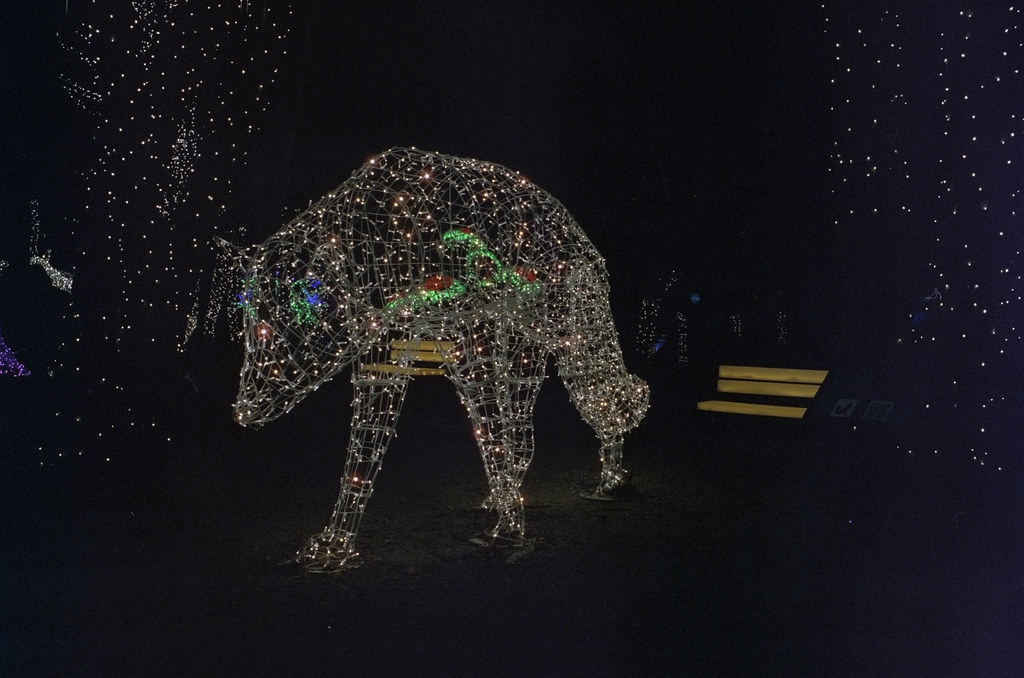
Colour Rendition
Now I did technically cross-process the film here, but you know I like how the images look. I did shoot the film under artificial light and in the evening/night hours of the day on purpose to help with the Tungsten balance in the film. Now I haven’t shot much in the way of tungsten-balanced films in the past. I would not guess how the film would behave in daylight with or without a filter. But I have to say; I’m impressed with the results I did get from the film despite the weird conditions. Sure the whites aren’t the greatest, but they’re decent, and under a lot of mixed and unknown lighting at outdoor markets, I’m thrilled I was even able to pull out some amazing results with some Photoshop adjustments.
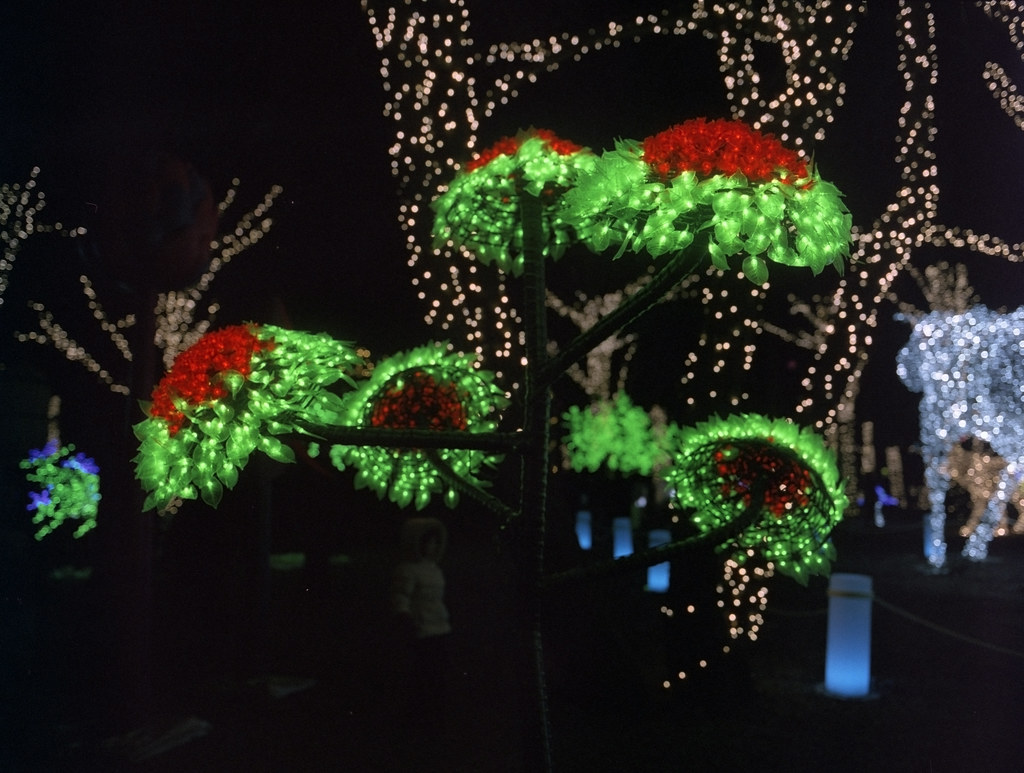


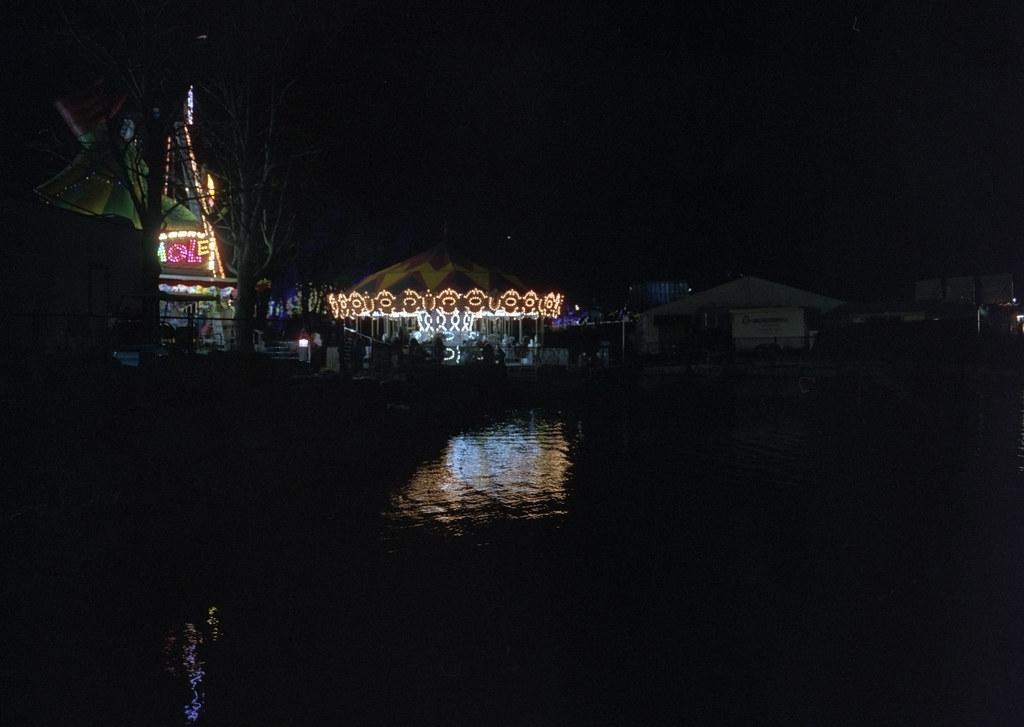
Image Quality
Personally, here is where I think the film falls. Now it could be due to the fact I shot the film in less than ideal conditions, dying evening light, or near darkness. I found the images to be soft around the edges, rather grainy, and generally dull. I had to pull out a noise reduction plugin to help with the 35mm scans to get them to where I wanted them. Now, I don’t chalk all of this up to the film, I’ve seen some amazing results from 800T, and I certainly will revisit the film and try a few things differently such as using longer exposure and manual metering. But for now, I’m going to leave it here; I’m not a fan.


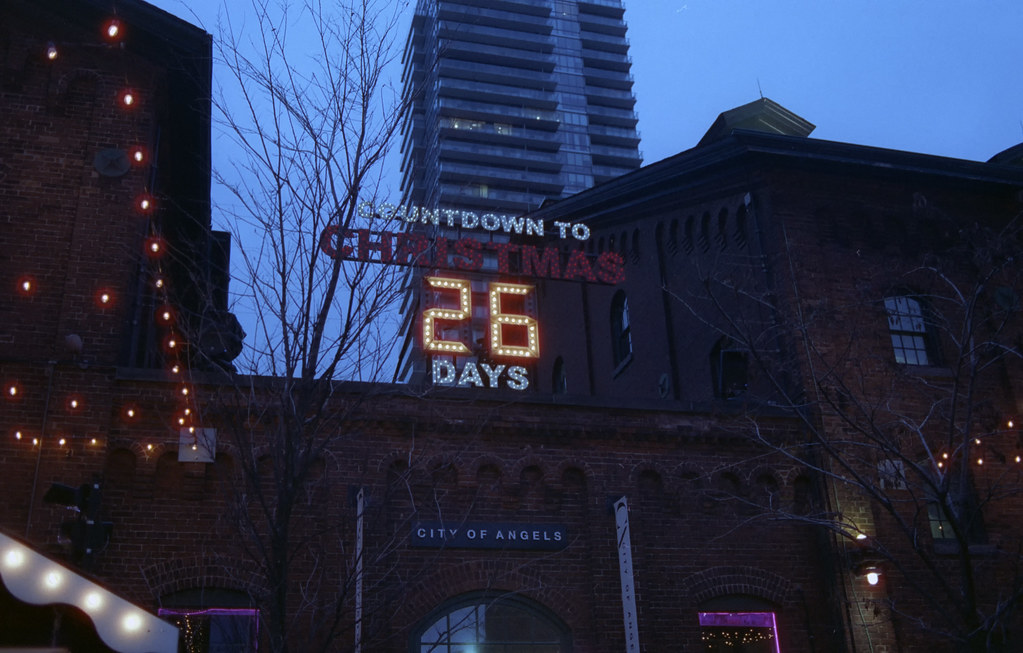
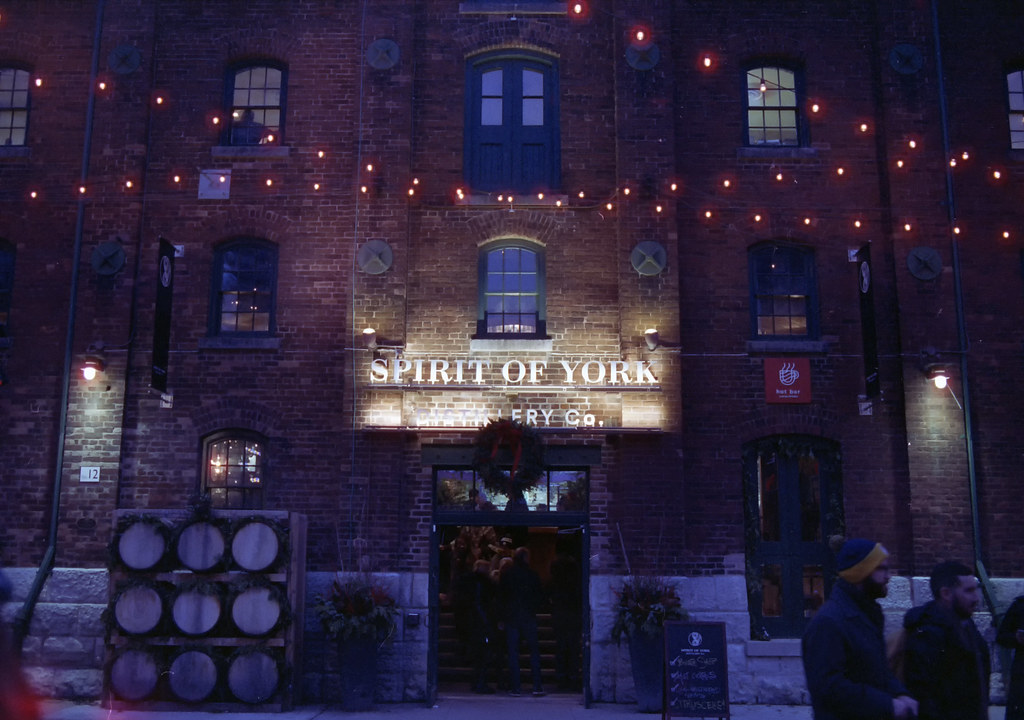
Scanning
Scanning colour is always a fickle process, at least that’s what I found. Now it probably helped that I shot the film under artificial light rather than straight-up daylight. Using an Epson V700, the film scanned rather easily both in the 35mm and 120 formats. I did make an attempt at scanning the 35mm in my Nikon Coolscan V ED, and it had some frame spacing issues, I hold this to the fact that the version of 800T I shot with had the motion picture style sprocket holes, also the Eastman edge markings. When I went to scan the roll of 50D, it had still camera style sprocket holes and Cinestill edge marketings. And it scanned far easier. Other than the issue with the spacing I found 800T an easy colour film to scan, with good quality from the scans and little in the way of aberration and digital noise introduced in the process. Colour was easy to adjust, and I found little in the way of colour cast from being cross-processed, and the automatic adjustments in Photoshop gave the images a nice look to my eye.

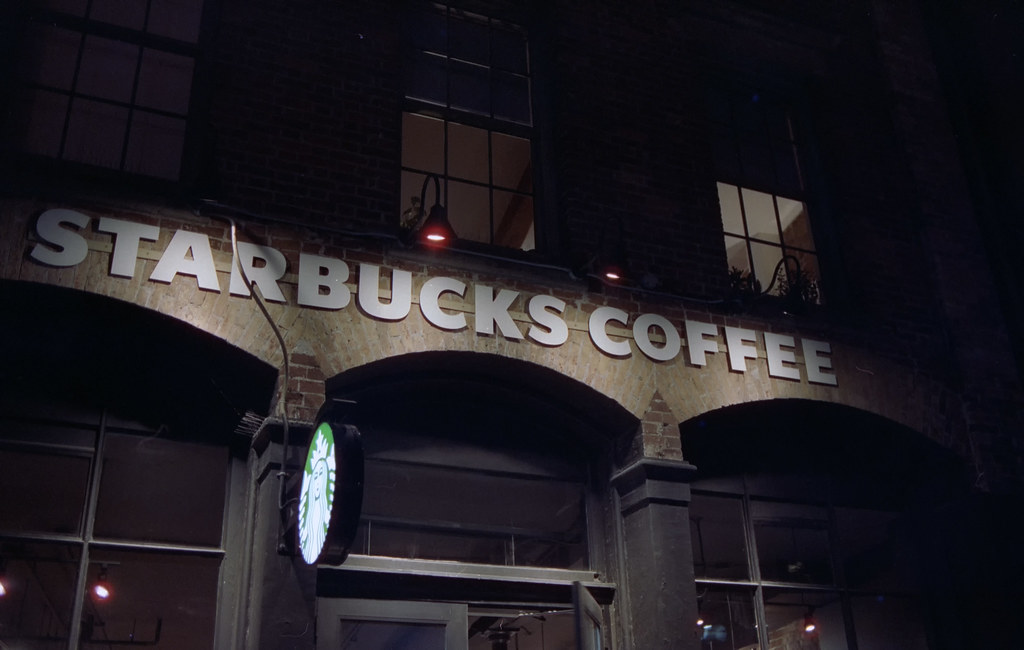

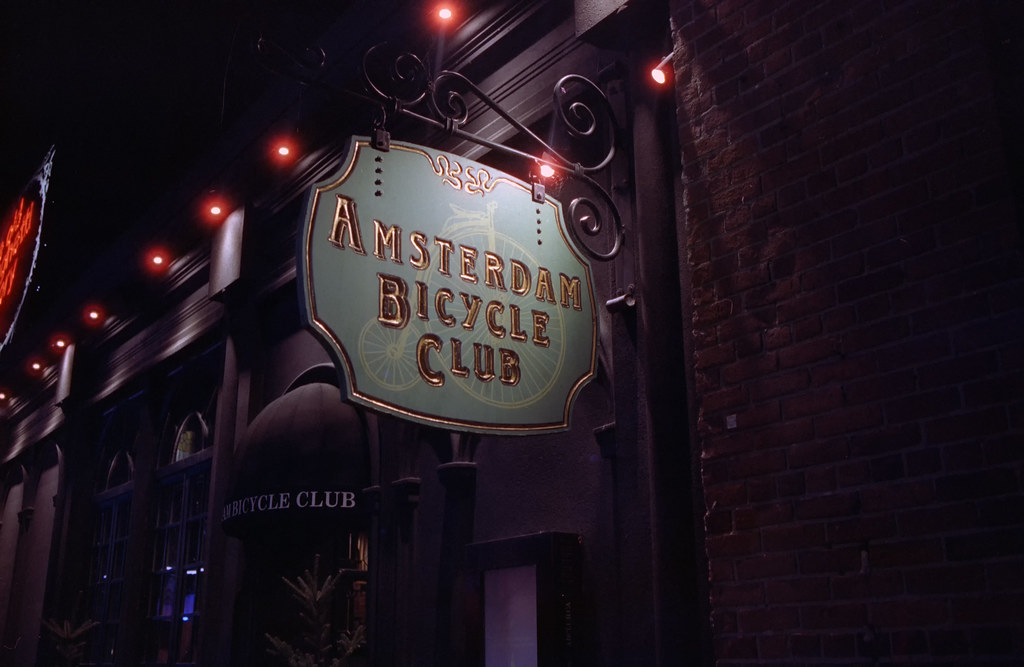
Overall Impression
Is Cinestill 800T a good film? I will have to say yes if you’re into this sort of thing. I’ve never gotten along well with Tungsten balanced film, I’ve found the colours just not right for me, even under artificial light. Not to mention there’s a fairly high price point for the Cinestill films. I’m not disparaging that at all, I know the amount of work that goes into the film’s creation. From getting master rolls from Eastman Kodak, slitting them down for 120 and 35mm, and now they even have to make their edge markings and making the sprocket holes. And that’s also including removal of the remjet layer. Now, I don’t believe I gave the film a fair shake; I had originally planned to do some long exposure work with the film. That never panned out, so I certainly plan on giving it another go later in the year when it’s warmer out to try some long exposure work and better hand-held metering.
1 Comment